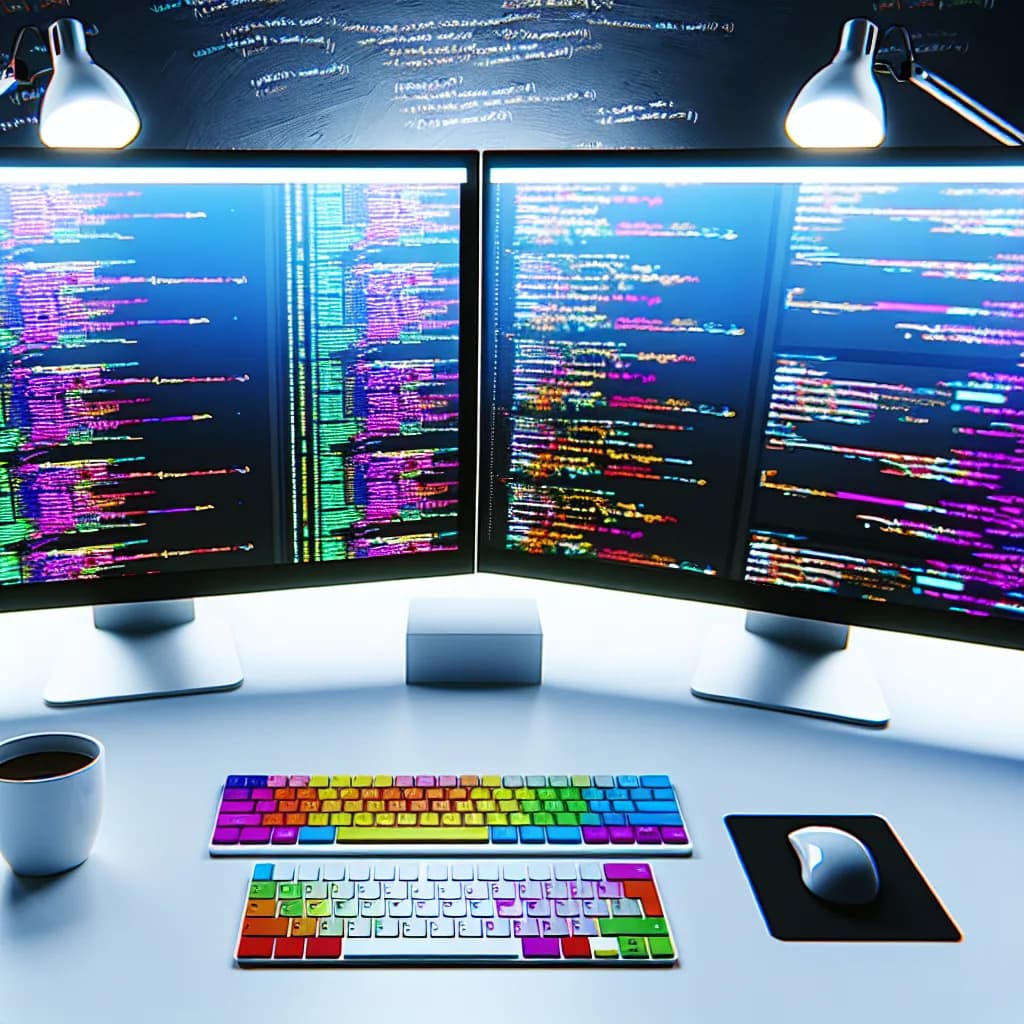
The world of programming is undergoing a seismic shift, propelled by the rise of artificial intelligence (AI). Among the forefront of this evolution is the concept of 'vibe coding.' But what exactly does this entail, and how is AI altering the landscape of code development? This article delves into these questions, providing insights into the future of programming.
What is Vibe Coding?
'Vibe coding' refers to an emerging approach in software development where the focus is on the overall feel and functionality rather than the minute details of syntax. This concept leverages AI to understand and interpret the coder's intent, allowing for a more fluid and intuitive coding process. By minimizing the need for strict adherence to syntax, developers can concentrate on creative and strategic aspects, enhancing their productivity and reducing cognitive load.
How AI Facilitates Vibe Coding
AI tools have advanced to a point where they can predict, suggest, and even automate code based on a developer's style and previous work. This is achieved through machine learning models trained on vast datasets comprising diverse coding practices. As a result, AI-driven platforms can offer real-time suggestions and corrections, much like an intelligent auto-complete function, making coding faster and more accessible.
Benefits and Limitations
- Increased Efficiency: By automating routine coding tasks, developers can focus on higher-level problem-solving, thus accelerating project timelines.
- Accessibility: Vibe coding lowers the entry barrier for novice programmers, allowing them to create functional code without mastering complex syntax.
- Innovation: With less emphasis on syntax, developers can experiment more freely, potentially leading to innovative solutions and applications.
- Challenges: There are concerns about over-reliance on AI, potential security vulnerabilities, and the need for continual model updates to remain effective.
Practical Applications of Vibe Coding
Vibe coding is finding its footing in various sectors. For instance, in web development, AI tools can generate boilerplate code for websites based on a simple sketch or description. In app development, AI can assist in creating user interfaces by predicting user interactions and preferences, thus customizing the experience. These applications underscore the potential of vibe coding to simplify and enhance development processes.
Case Study: AI in Game Development
Consider the gaming industry, where vibe coding is enabling developers to prototype game mechanics swiftly. AI tools can suggest code snippets for character movements or environmental effects, allowing developers to iterate quickly and focus on creativity rather than technical intricacies.
The Future of Programming with AI
As AI continues to evolve, the implications for programming are profound. Future advancements may include even more sophisticated AI models capable of understanding nuanced human expressions and translating them into precise code. This could lead to a paradigm where developers act more as directors, orchestrating AI to build complex systems with minimal manual coding.
Ethical Considerations
With great power comes great responsibility. The integration of AI in programming raises ethical questions about job displacement, accountability in code-generated errors, and the transparency of AI decision-making processes. As the technology progresses, these concerns will need addressing to ensure a balanced advancement.
Conclusion
Vibe coding represents a significant shift in how we approach software development, driven by the capabilities of AI. While it offers numerous benefits, such as increased efficiency and accessibility, the journey toward widespread adoption will require careful consideration of its limitations and ethical implications. As we move forward, the key will be balancing innovation with responsibility, ensuring that AI enhances rather than replaces human ingenuity in programming.
About AI Toollens
AI Tools platform expert



